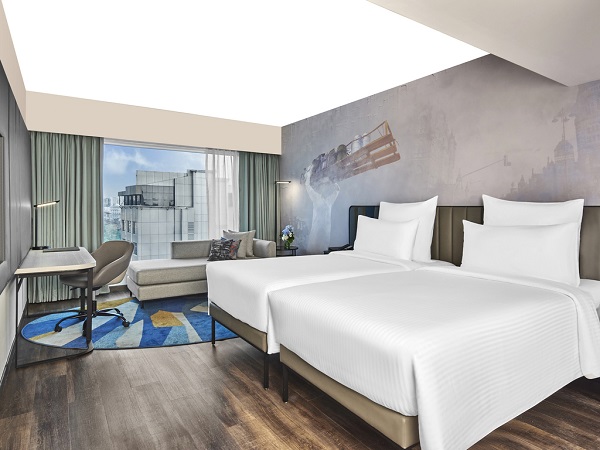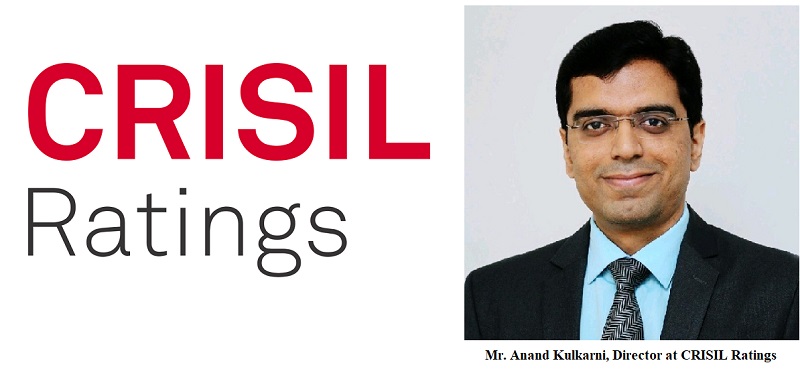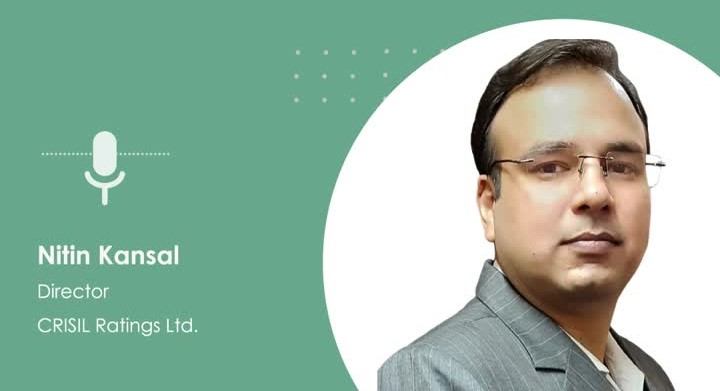Driven by consistent domestic demand and a resurgence in foreign traveler interest, India’s hotel sector anticipates healthy revenue expansion in the next fiscal, following an impressive 15-17% growth this fiscal year. With a balanced supply-demand equation and a restrained influx of new properties, the industry’s operational metrics are projected to remain strong shortly.


This positive operational outlook bodes well for profitability, with earnings before interest, taxes, and depreciation (EBITDA) set to maintain their upward trajectory across the current and forthcoming fiscal periods. Limited capital expenditure will further fortify credit standings, as highlighted by a CRISIL Rating analysis covering branded hotel entities boasting approximately 70,000 rooms spanning various categories.


Mr. Anand Kulkarni, Director at CRISIL Ratings, remarks, “The sustained domestic travel demand witnessed this fiscal is expected to persist into the next, buoyed by robust economic activity driving both business and leisure travel post-pandemic. While demand remains robust, growth rates are anticipated to moderate next fiscal due to a high base effect. Consequently, average room rates (ARRs) are forecasted to increase by 5-7% next fiscal, compared to 10-12% this fiscal, with occupancy levels expected to maintain their healthy range of 73-74%.”
Meanwhile, despite experiencing growth this fiscal year, foreign tourist arrivals in India are projected to linger around 10% below pre-pandemic levels, with a potential uptick anticipated to bolster hotel demand in the next fiscal period.
Furthermore, the Meetings, Incentives, Conventions, and Events (MICE) segment is poised to sustain healthy demand as corporations resume activities post-pandemic hiatuses.
In addition to demand factors, a favorable supply scenario significantly contributes to the industry’s robust performance.


According to Mr. Nitin Kansal, Director at CRISIL Ratings, “Greenfield capital expenditure is expected to remain subdued, with new room additions projected to grow at a modest rate of 4-5% per fiscal over the next couple of years. Despite the rebound in demand, cost dynamics pose constraints on new capital expenditure, driven by factors such as high land costs, substantial increases in construction expenses, lengthy gestation periods, and cyclical trends in the sector. Consequently, brands may opt for room additions through management contracts to mitigate upfront capital costs.”
Also Read
Kerala Tourism Launches Souvenir Challenge
Watch on Youtube
